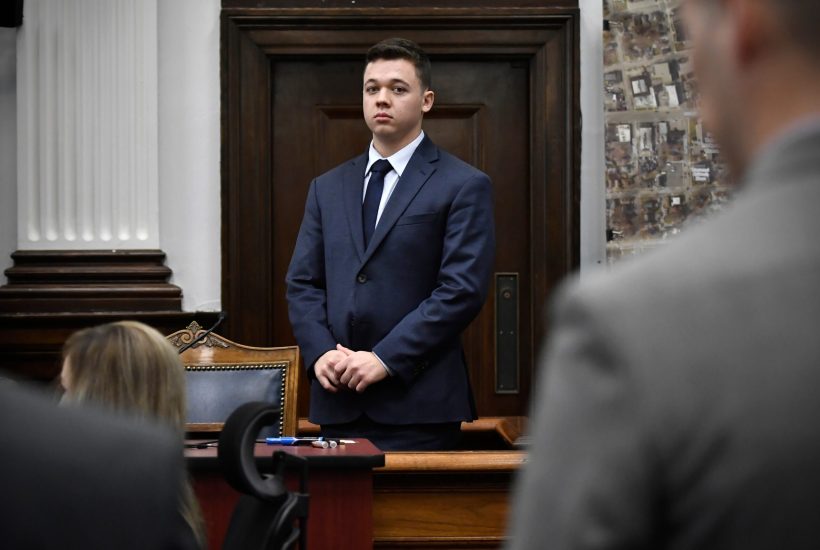On the night of 25 August 2020, Richie McGinniss, a somewhat gonzo video journalist interviewed Kyle Rittenhouse, for the right-wing Daily Caller website. Rittenhouse wore his cap backwards, had rubbery purple medical gloves on and an assault rifle dangling between his legs. He had decided for some reason that he, a 17-year-old boy, had to help the forces of law and order during the Black Lives Matter riots in Kenosha, Wisconsin.
Already a subscriber? Log in
Subscribe for just $2 a week
Try a month of The Spectator Australia absolutely free and without commitment. Not only that but – if you choose to continue – you’ll pay just $2 a week for your first year.
- Unlimited access to spectator.com.au and app
- The weekly edition on the Spectator Australia app
- Spectator podcasts and newsletters
- Full access to spectator.co.uk
Or





















Comments
Don't miss out
Join the conversation with other Spectator Australia readers. Subscribe to leave a comment.
SUBSCRIBEAlready a subscriber? Log in